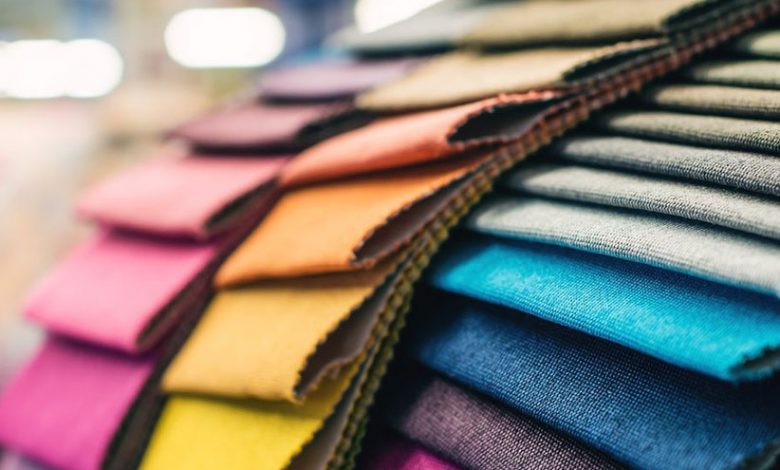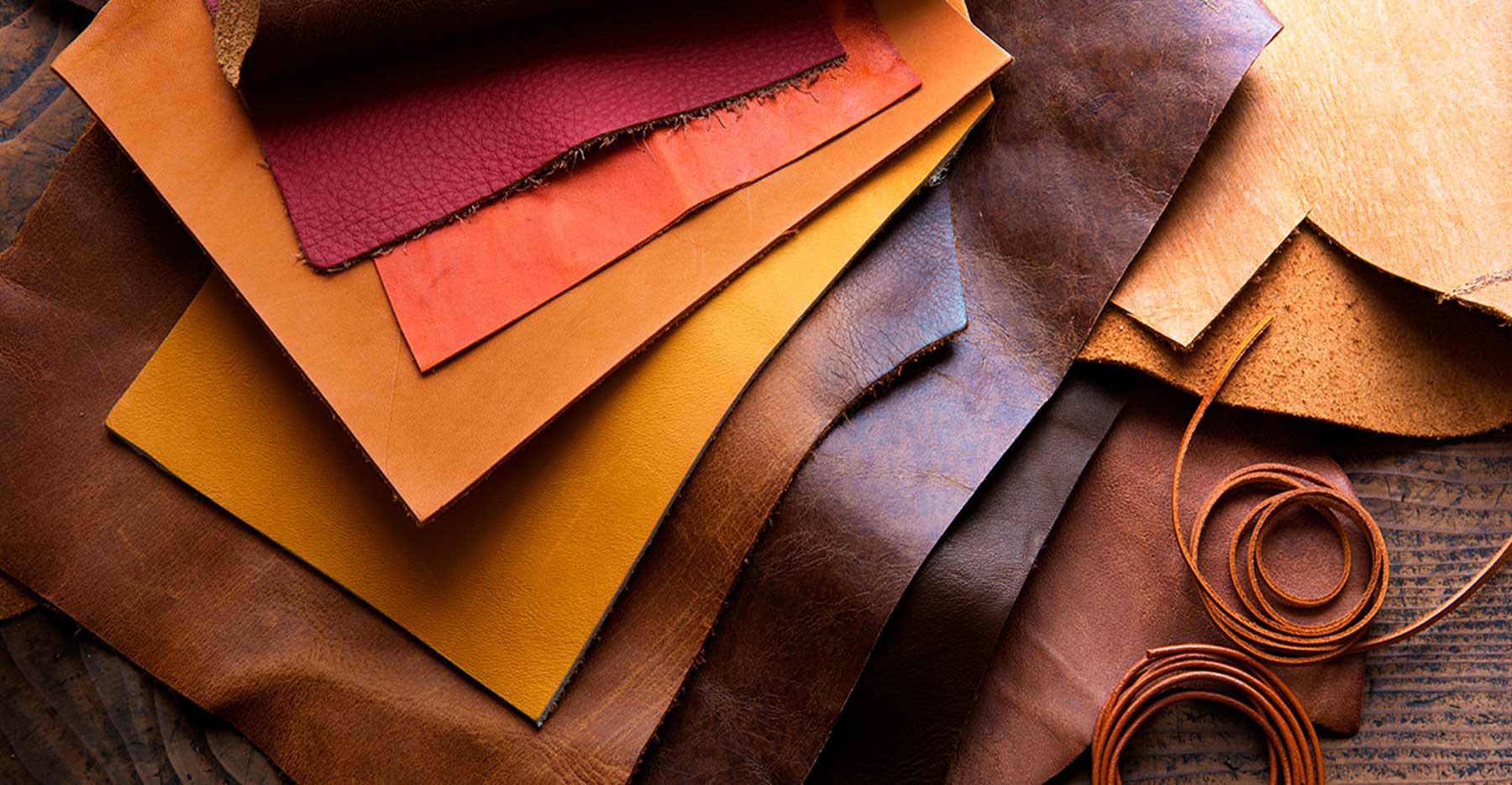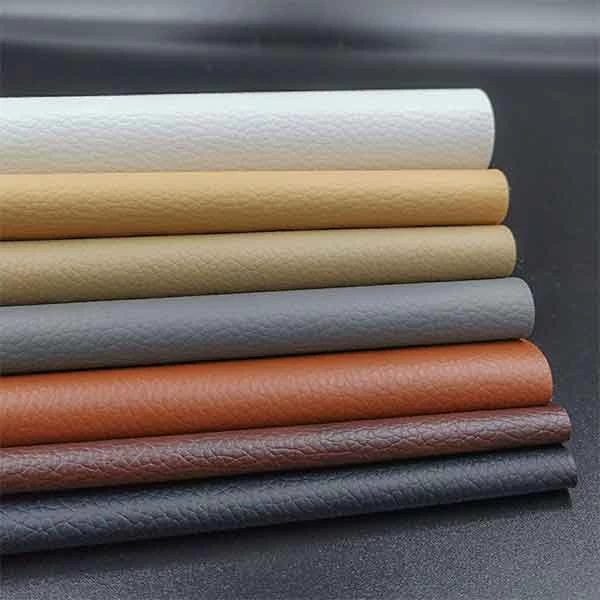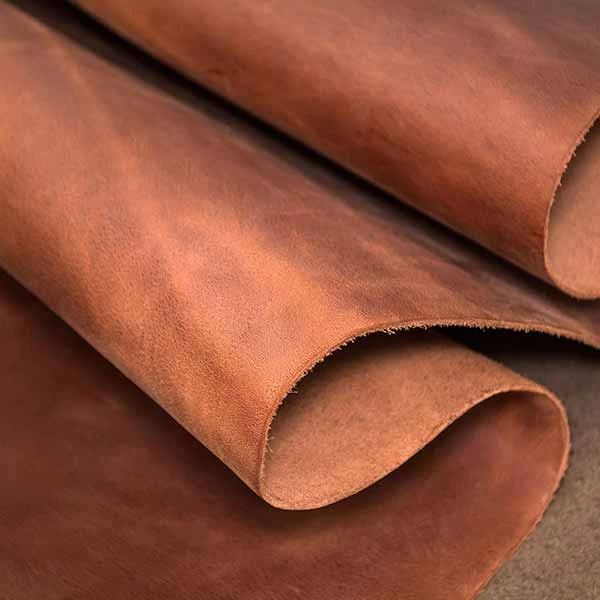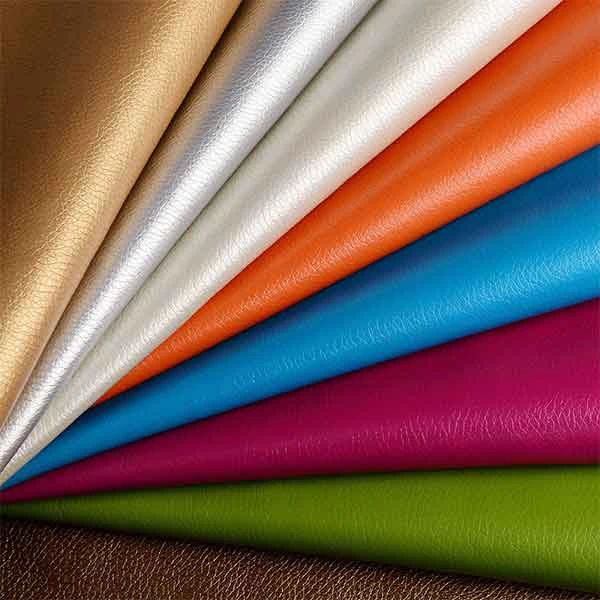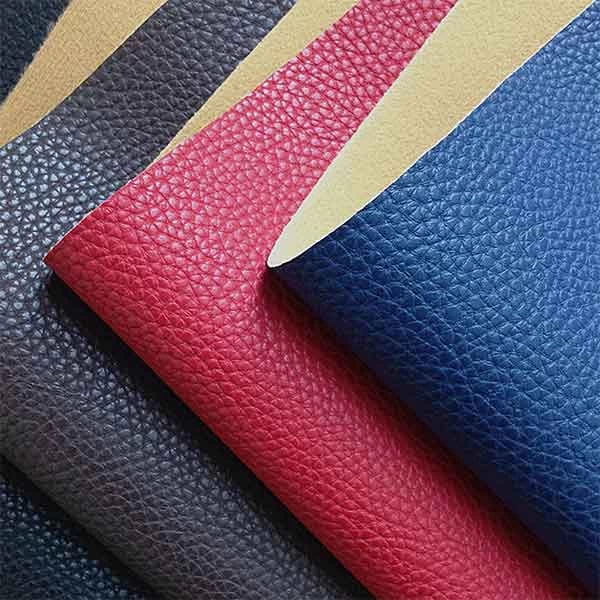Fabric & Textiles Raw Material
Fabric and textile are essential elements in the tapestry of human history, serving as the very threads that connect cultures and civilizations. The origins of fabric production date back thousands of years, with ancient civilizations like Egypt and Mesopotamia pioneering techniques such as weaving and spinning.
Over time, diverse cultures have developed unique textile traditions, each telling a story through intricate patterns, colors, and materials. From the luxurious silks of China to the sturdy woolens of Europe, fabrics have not only adorned bodies but also reflected societal values and economic prowess.
The industrial revolution marked a significant turning point, introducing mechanized looms and revolutionizing the production of textiles. Cotton, a staple in fabric production, became a major player, driving economic growth and sparking social changes in regions like the American South.
Fabrics and textiles are composed of fibers, which are the fundamental units used to construct the material. These fibers can be natural, synthetic, or a blend of both.
1. Natural Fibers:
- Cotton: Derived from the cotton plant's seed, it is soft, breathable, and widely used.
- Wool: Obtained from the fleece of sheep or other animals, it is known for its warmth and moisture-wicking properties.
- Silk: Produced by silkworms, it is a luxurious and smooth fiber.
2. Synthetic Fibers:
- Polyester: A man-made fiber known for its durability, wrinkle resistance, and quick-drying properties.
- Nylon: Recognized for its strength, elasticity, and resistance to abrasion.
- Rayon: Created from natural cellulose, it mimics the feel of silk and is often used as a versatile alternative.
3. Blended Fibers:
- Poly-cotton blends: Combining polyester and cotton for a balance of comfort and durability.
- Wool blends: Mixing wool with other fibers to enhance properties like softness and ease of care.

The weaving or knitting process brings these fibers together to form the fabric. Weaving involves interlacing horizontal (weft) and vertical (warp) threads, while knitting uses interlocking loops. Fabric finishes and treatments may also be applied for specific characteristics, such as water repellency or flame resistance. The variety in fiber types and weaving techniques allows for a wide range of fabrics tailored to different purposes and preferences.
Fabrics and textiles have a myriad of uses across various aspects of daily life and industries. Here are some common applications:
1. Apparel and Fashion:
- Clothing, including shirts, pants, dresses, and outerwear, is one of the primary uses of fabrics. Different fabrics cater to varying styles, climates, and occasions.
2. Home Textiles:
- Bedding, curtains, upholstery, and carpets utilize fabrics to enhance comfort, aesthetics, and functionality in homes.
3. Interior Design:
- Fabrics play a crucial role in interior design, covering furniture, providing decorative elements, and contributing to the overall ambiance of a space.
4. Medical Textiles:
- Surgical gowns, bandages, and other medical textiles often require specific properties such as sterility, breathability, and moisture-wicking.
5. Technical Textiles:
- Fabrics are used in industrial settings for purposes like filtration, insulation, and reinforcement in products such as conveyor belts and geotextiles.
6. Sports and Outdoor Gear:
- Sportswear, tents, backpacks, and outdoor clothing use fabrics designed for durability, flexibility, and weather resistance.
7. Automotive Industry:
- Fabrics are employed in vehicle interiors, including seats, carpets, and headliners, requiring durability and resistance to wear.
8. Military and Defense:
- Specialized fabrics are used in military uniforms, tents, and equipment, often designed to withstand extreme conditions.
9. Agriculture:
- Fabrics like burlap are used for sackcloth, and agricultural textiles can be used for crop protection or shade.
10. Crafts and Hobbies:
- Fabrics serve as a canvas for various artistic endeavors, including quilting, embroidery, and other crafts.
The versatility of fabrics allows for their adaptation to a wide range of purposes, showcasing the importance of textiles in both functional and creative aspects of human life.
The production of fabrics involves several types of machinery, each serving a specific purpose in the manufacturing process. Here are some key machines used in the textile industry:
1. Spinning Machines:
- **Spinning Frame or Roving Frame:** Converts fibers into yarn by twisting and drawing them. Different spinning methods include ring spinning, open-end spinning, and air-jet spinning.
2. Weaving Machines:
- Looms: Traditional and modern looms interlace warp and weft yarns to create woven fabrics. Types include shuttle looms, projectile looms, rapier looms, and air-jet looms.
3. Knitting Machines:
- Knitting Machines: Create fabrics by interlocking loops of yarn. Circular knitting machines, flatbed knitting machines, and warp knitting machines are commonly used.
4.Dyeing Machines:
-Dyeing Machines: Immerses fabrics in dye solutions to color them uniformly. These include winch dyeing machines, jig dyeing machines, and continuous dyeing machines.
5. Finishing Machines:
-Calendar Machine: Applies heat and pressure to improve fabric smoothness and luster.
- Shearing Machine: Trims surface fibers to achieve a uniform appearance.
- Mercerizing Machine: Treats cotton fabrics with caustic soda to enhance strength, luster, and dye affinity.
6. Printing Machines:
- Screen Printing Machine: Transfers colored patterns onto fabrics through a screen.
- Rotary Printing Machine: Prints continuous patterns on fabrics.
7. Cutting Machines:
- Cutting Tables: Used to cut fabrics into specific shapes for garment production.
- Carding Machine: Aligns and cleans fibers before spinning, removing impurities and creating a uniform fiber web.

These machines, along with various auxiliary equipment, contribute to the efficient and precise manufacturing of textiles. Advancements in technology continue to drive innovation, enhancing the speed, precision, and sustainability of textile production processes.
Yes, Iran has a rich history and tradition in textile production, contributing to the global textile industry. The country is known for its handwoven carpets and rugs, which are highly regarded for their intricate designs and craftsmanship. Iranian carpets, often referred to as Persian carpets, come from various regions, each with its unique patterns and techniques.
Iran is also involved in the production of a variety of textiles, including traditional fabrics such as silk, wool, and cotton. The Iranian textile industry encompasses both traditional handcrafted methods and modern, mechanized production.
In recent years, there has been an effort to modernize and expand the textile sector in Iran, with a focus on enhancing efficiency and competitiveness. The country's textile industry has the potential to play a significant role in the global market, blending traditional craftsmanship with contemporary production methods.
Additionally, Iran has been recognized for its influence on textile and fashion design, with designers incorporating traditional Persian motifs and techniques into contemporary styles. Overall, Iran's presence in the textile industry reflects a combination of historical craftsmanship and efforts to adapt to modern manufacturing practices.
Iran has historically been a notable player in the global textile and carpet market, with exports contributing to its economy. The country is renowned for its handwoven carpets, which are highly sought after internationally for their quality and intricate designs. Iranian carpets, often referred to as Persian carpets, hold a significant share in the global carpet trade.
Iran's textile exports extend beyond carpets to include a variety of fabrics, garments, and textile products. Traditional textiles like silk, wool, and cotton are exported, showcasing the diversity of Iran's textile industry. The country's ability to produce both traditional handcrafted textiles and modern, machine-produced fabrics allows it to cater to a broad spectrum of market demands.
Fabrics and textiles are composed of fibers, which are the fundamental units used to construct the material. These fibers can be natural, synthetic, or a blend of both.
- Cotton: Derived from the cotton plant's seed, it is soft, breathable, and widely used.
- Wool: Obtained from the fleece of sheep or other animals, it is known for its warmth and moisture-wicking properties.
- Silk: Produced by silkworms, it is a luxurious and smooth fiber.
- Polyester: A man-made fiber known for its durability, wrinkle resistance, and quick-drying properties.
- Nylon: Recognized for its strength, elasticity, and resistance to abrasion.
- Rayon: Created from natural cellulose, it mimics the feel of silk and is often used as a versatile alternative.
- Poly-cotton blends: Combining polyester and cotton for a balance of comfort and durability.
- Wool blends: Mixing wool with other fibers to enhance properties like softness and ease of care.

- Clothing, including shirts, pants, dresses, and outerwear, is one of the primary uses of fabrics. Different fabrics cater to varying styles, climates, and occasions.
- Bedding, curtains, upholstery, and carpets utilize fabrics to enhance comfort, aesthetics, and functionality in homes.
- Fabrics play a crucial role in interior design, covering furniture, providing decorative elements, and contributing to the overall ambiance of a space.
- Surgical gowns, bandages, and other medical textiles often require specific properties such as sterility, breathability, and moisture-wicking.
- Fabrics are used in industrial settings for purposes like filtration, insulation, and reinforcement in products such as conveyor belts and geotextiles.
- Sportswear, tents, backpacks, and outdoor clothing use fabrics designed for durability, flexibility, and weather resistance.
- Fabrics are employed in vehicle interiors, including seats, carpets, and headliners, requiring durability and resistance to wear.
- Specialized fabrics are used in military uniforms, tents, and equipment, often designed to withstand extreme conditions.
- Fabrics like burlap are used for sackcloth, and agricultural textiles can be used for crop protection or shade.
- Fabrics serve as a canvas for various artistic endeavors, including quilting, embroidery, and other crafts.
- **Spinning Frame or Roving Frame:** Converts fibers into yarn by twisting and drawing them. Different spinning methods include ring spinning, open-end spinning, and air-jet spinning.
- Looms: Traditional and modern looms interlace warp and weft yarns to create woven fabrics. Types include shuttle looms, projectile looms, rapier looms, and air-jet looms.
- Knitting Machines: Create fabrics by interlocking loops of yarn. Circular knitting machines, flatbed knitting machines, and warp knitting machines are commonly used.
-Dyeing Machines: Immerses fabrics in dye solutions to color them uniformly. These include winch dyeing machines, jig dyeing machines, and continuous dyeing machines.
-Calendar Machine: Applies heat and pressure to improve fabric smoothness and luster.
- Shearing Machine: Trims surface fibers to achieve a uniform appearance.
- Mercerizing Machine: Treats cotton fabrics with caustic soda to enhance strength, luster, and dye affinity.
- Screen Printing Machine: Transfers colored patterns onto fabrics through a screen.
- Rotary Printing Machine: Prints continuous patterns on fabrics.
- Cutting Tables: Used to cut fabrics into specific shapes for garment production.
- Carding Machine: Aligns and cleans fibers before spinning, removing impurities and creating a uniform fiber web.

Yes, Iran has a rich history and tradition in textile production, contributing to the global textile industry. The country is known for its handwoven carpets and rugs, which are highly regarded for their intricate designs and craftsmanship. Iranian carpets, often referred to as Persian carpets, come from various regions, each with its unique patterns and techniques.
FAQs
What is the importance of textile or fabric in our life?
Textiles are crucial for clothing, home essentials, and various industries, serving functional, aesthetic, and cultural purposes in daily life.
What fabrics are more beautiful?
Beauty is subjective, but fabrics like silk, velvet, and intricately woven textiles are often considered visually appealing.
How different are fabrics from textile?
"Textile" is a broader term encompassing all woven, knitted, or pressed materials, while "fabric" specifically refers to the result of weaving, knitting, or pressing fibers into a material. In essence, fabric is a type of textile.
What are the fibers used in textile industry?
Natural fibers like cotton, wool, and silk, as well as synthetic fibers such as polyester and nylon, are commonly used in the textile industry.
 +7929688-88-14
+7929688-88-14

 English
English
 Persian
Persian
 Russian
Russian
 Chinese
Chinese


 +7929688-88-14
+7929688-88-14

